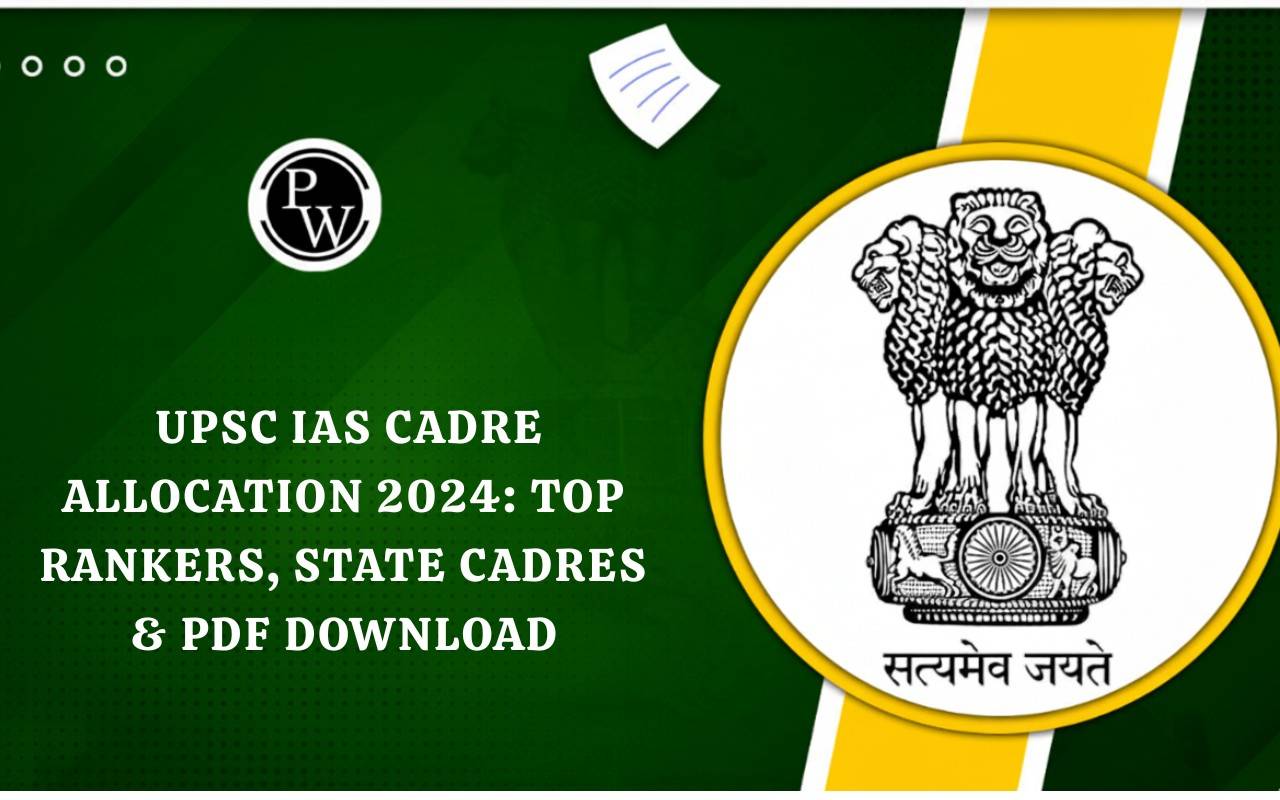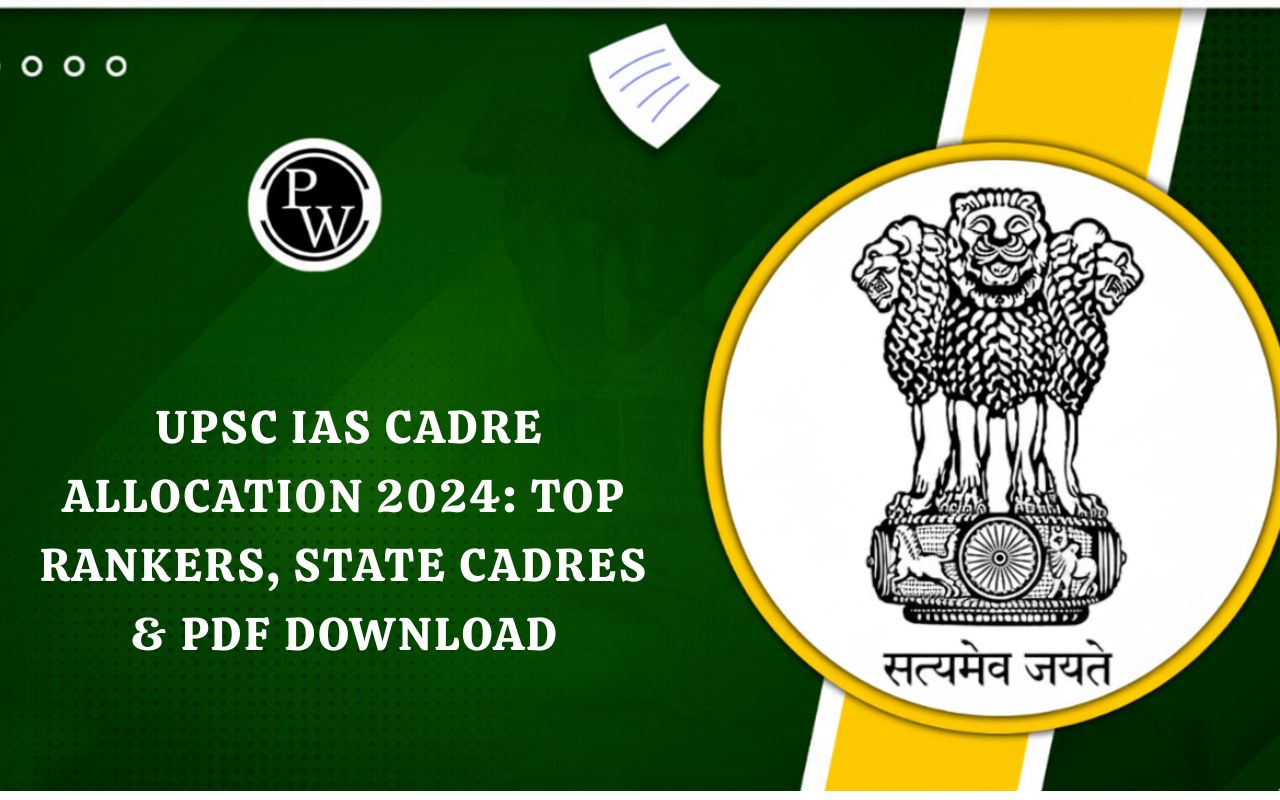
The Aligarh movement that started in the 19th century played a key role in the social and educational upliftment of Muslims in India during British rule. It was a mission that reshaped Muslim identity in modern India. This movement, led by a visionary reformer, Sir Syed Ahmed Khan, laid the foundation for many Muslim institutions and had long-lasting effects on Indian society. Read on to learn in detail about the Aligarh movement!
About Aligarh Movement
The Aligarh Movement was a social and educational reform movement during the 19th century. It mainly aimed to empower Indian Muslims through modern education and a scientific outlook. The movement encouraged Muslims to accept Western education without giving up their Islamic values.
This movement started in Aligarh, a town in present-day Uttar Pradesh. It was led by Sir Syed Ahmed Khan, who believed that education was the key to the progress of the Muslim community. It was a turning point that changed the way Indian Muslims interacted with British rule and modern ideas.
| About Aligarh Movement | |
| Founder | Sir Syed Ahmad Khan (1817–1899) |
| Time Period | Late 19th century, post-1857 (after the Sepoy Mutiny) |
| Location | Aligarh, British India (centered at Muhammadan Anglo-Oriental College) |
| Main Objectives | Promote Western-style modern education among Muslims, Social reforms (women’s education, purdah, polygamy, widow remarriage, etc.) |
| Key Institution | Muhammadan Anglo-Oriental College (founded 1875), later became Aligarh Muslim University |
| Context | Muslims faced educational, social, and economic decline after the 1857 revolt and end of Mughal rule. The outdated education system blamed for backwardness. |
| Approach |
|
| Opposition |
|
| Major Impacts |
|
| Legacy | Marked the beginning of Muslim Renaissance in India |
Aligarh Movement History
The history of the Aligarh Movement dates back to the period after the 1857 Revolt. The British viewed Muslims with suspicion after the revolt, as many of them had participated in the uprising. As a result, Muslims lost many privileges and were left behind in government jobs and education.
Sir Syed Ahmed Khan, who had served the British administration, noticed this decline. He realised that unless Muslims adopted modern education, they would remain backward and poor. In 1864, he started the Scientific Society in Ghazipur to promote modern knowledge among Muslims. Later, in 1875, he founded the Mohammedan Anglo-Oriental (MAO) College in Aligarh.
This college later became the famous Aligarh Muslim University (AMU) in 1920. The college followed the model of British universities, combining modern education with religious teachings. This marked the start of the Aligarh Movement, which soon spread to other parts of India.
Also Check, History Important Topics for UPSC Prelims
Founder of Aligarh Movement - Sir Syed Ahmed Khan
The founder of the Aligarh Movement was Sir Syed Ahmed Khan. He was a reformer, thinker, and educationist. Born in 1817 in Delhi, Sir Syed came from a well-educated Mughal family. He joined the East India Company as a civil servant and had close interactions with the British.
After the Revolt of 1857, Sir Syed realised the urgent need for Muslims to adopt modern education. He believed that the backwardness of the Muslim community could be removed only through learning and reasoning. He was deeply influenced by Western education but also wanted to preserve Islamic identity.
Through his writings, speeches, and institutions, he led the Aligarh Movement to uplift Muslims. His efforts shaped a new generation of educated Muslims who went on to play key roles in politics, law, and social reform.
Causes of Aligarh Movement
There were several causes that led to the birth of the Aligarh Movement. Below are the major reasons:
-
Aftermath of 1857 Revolt: British policies turned hostile towards Muslims. They were considered the main conspirators of the revolt and lost many rights.
-
Educational Backwardness: Muslims avoided Western education as it was associated with British rule. As a result, they fell behind in job opportunities and governance.
-
Lack of Modern Institutions: There were hardly any colleges that taught modern science and English along with Islamic studies.
-
Economic Decline: With the fall of the Mughal Empire, Muslims lost power, wealth, and status. Their socio-economic condition worsened.
-
Need for Reforms: The Muslim community was bound by old traditions and lacked critical thinking. A reform movement was necessary to bring change.
-
Sir Syed’s Vision: He saw education as the path to recovery. His personal experiences with the British also made him realise the need for cultural understanding.
These causes gave rise to the Aligarh Movement, which was both a response and a solution to the problems faced by Indian Muslims.
Objectives of Aligarh Movement
The objectives of the Aligarh Movement were focused on social, educational, and religious upliftment. It wanted to bring Muslims into the mainstream of national development without compromising their identity. The key goals of the movement included:
-
Promote Modern Education: To encourage Muslims to learn English, science, and humanities.
-
Bridge the Gap with British: To improve relations between Muslims and the British administration.
-
Counter Backwardness: To remove superstitions and orthodox thinking within the Muslim society.
-
Set Up Educational Institutions: Establish schools and colleges like the MAO College for modern learning.
-
Promote Scientific Outlook: Encourage critical thinking and rationalism among Muslims.
-
Empowerment Through Jobs: Help Muslims get jobs in the British administration through competitive exams and better skills.
Impact of Aligarh Movement
The impact of the Aligarh Movement was far-reaching and shaped the future of Indian Muslims. Its influence can still be seen in the fields of education, politics, and social reform.
-
Establishment of AMU: The Aligarh Muslim University became one of the top centres for higher learning in India.
-
Educational Awareness: Muslim families began to send their children to schools and colleges.
-
New Muslim Leadership: A class of modern, educated Muslims emerged. Many of them later joined the Indian National Congress or the Muslim League.
-
Religious Tolerance: The movement encouraged a spirit of coexistence and understanding among communities.
-
Role in Freedom Struggle: Many leaders shaped by the Aligarh Movement played key roles in India’s independence movement.
-
Social Reforms: It helped remove many social evils and brought fresh ideas to Muslim society.
-
National Consciousness: The movement laid the foundation for political awakening among Muslims.
In conclusion, the Aligarh Movement helped rebuild a broken community through education and reform. Its positive impact was not limited to Muslims but extended to Indian society as a whole. Want to explore Indian history deeply for UPSC? Check out PW’s UPSC Courses for guidance and structured learning!
Aligarh Movement FAQs
What was the Aligarh Movement?
When was the Aligarh Movement started?
Who started the Aligarh movement?
Who was the leader of Aligarh movement?
What was the aim of the Aligarh Movement?

UPSC Coaching









